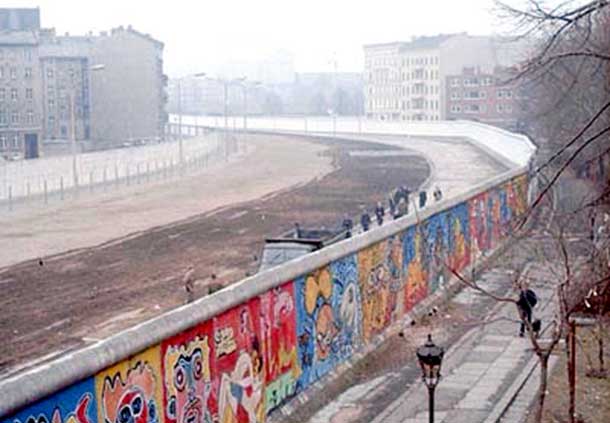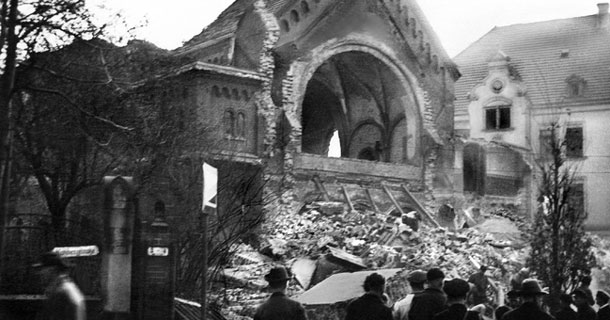In 1989, the Berlin Wall fell. It marked a symbolic end to the Cold War and led to the re-unification of Germany after the Second World War. The Berlin Wall was also seen as a symbol of the divide between the East and West.
Introduction: The Rise of the Berlin Wall
In the aftermath of World War II, Germany was divided into four zones controlled by the United States, the Soviet Union, Great Britain, and France. The city of Berlin, although located deep within the Soviet zone, was also divided into four sectors.
As tensions between the Soviet Union and the Western Allies intensified, the Eastern Bloc, led by the USSR, sought to prevent its citizens from fleeing to the West. This led to the construction of the Berlin Wall in 1961, a formidable barrier that not only physically but also ideologically divided East and West Berlin.
Construction and Purpose: Division of a City
The Berlin Wall, built on August 13, 1961, stood as a stark symbol of the Cold War’s divide between the communist East and the capitalist West. Initially a barbed wire fence, it eventually evolved into a 12-foot-high and 4-foot-wide concrete barrier, complete with guard towers, anti-vehicle trenches, and a “death strip.”
Its primary purpose was to prevent East Germans from defecting to the West.
Global Reaction: Leaders Speak Out
United States Presidents on the Berlin Wall
American presidents during this era voiced strong opinions against the Wall. President John F. Kennedy, in his famous 1963 speech, proclaimed, “Ich bin ein Berliner,” showing solidarity with West Berliners. Ronald Reagan, in a landmark 1987 speech near the Wall, challenged the Soviet leadership with the iconic words, “Mr. Gorbachev, tear down this wall!” These statements reflected America’s staunch opposition to the Wall and its commitment to freedom and democracy.
Canadian Prime Ministers and the Wall
Canadian Prime Ministers also expressed their views on the Berlin Wall, though perhaps less prominently than their American counterparts. Leaders like Lester B. Pearson and Pierre Trudeau emphasized the importance of peace and diplomacy during the Cold War, advocating for a balance between firm opposition to Soviet policies and the pursuit of détente.
The Wall’s Impact: Life in a Divided City
Life in Berlin was profoundly affected by the Wall. Families were split, and East Germans seeking freedom risked their lives to escape. Numerous attempts to cross the barrier resulted in fatalities, making the Wall a grim reminder of the Cold War’s human cost.
The Fall: A Symbolic End to the Cold War
The Berlin Wall’s fall on November 9, 1989, marked a pivotal moment in history. Triggered by a combination of internal dissent, economic struggles in the East, and the gradual liberalization of Soviet policies under Mikhail Gorbachev, the Wall’s fall began unexpectedly when an East German official mistakenly announced immediate border openings.
Legacy: Remembering the Wall
Today, the Berlin Wall is remembered as a powerful symbol of the 20th century’s ideological battles. Its remains, preserved in various locations, serve as a reminder of the perils of division and the value of freedom. The fall of the Wall paved the way for German reunification and symbolized the end of the Cold War, reshaping the political landscape of Europe and the world.
Conclusion: A Lasting Symbol
The Berlin Wall stands in history as more than just a physical barrier; it represents the ideological conflicts of the Cold War era. Its construction and eventual fall were key events that shaped not only German but global history. As world leaders from the United States and Canada, among others, voiced their perspectives, the Wall became a focal point in the struggle for freedom and democracy in the 20th century.


